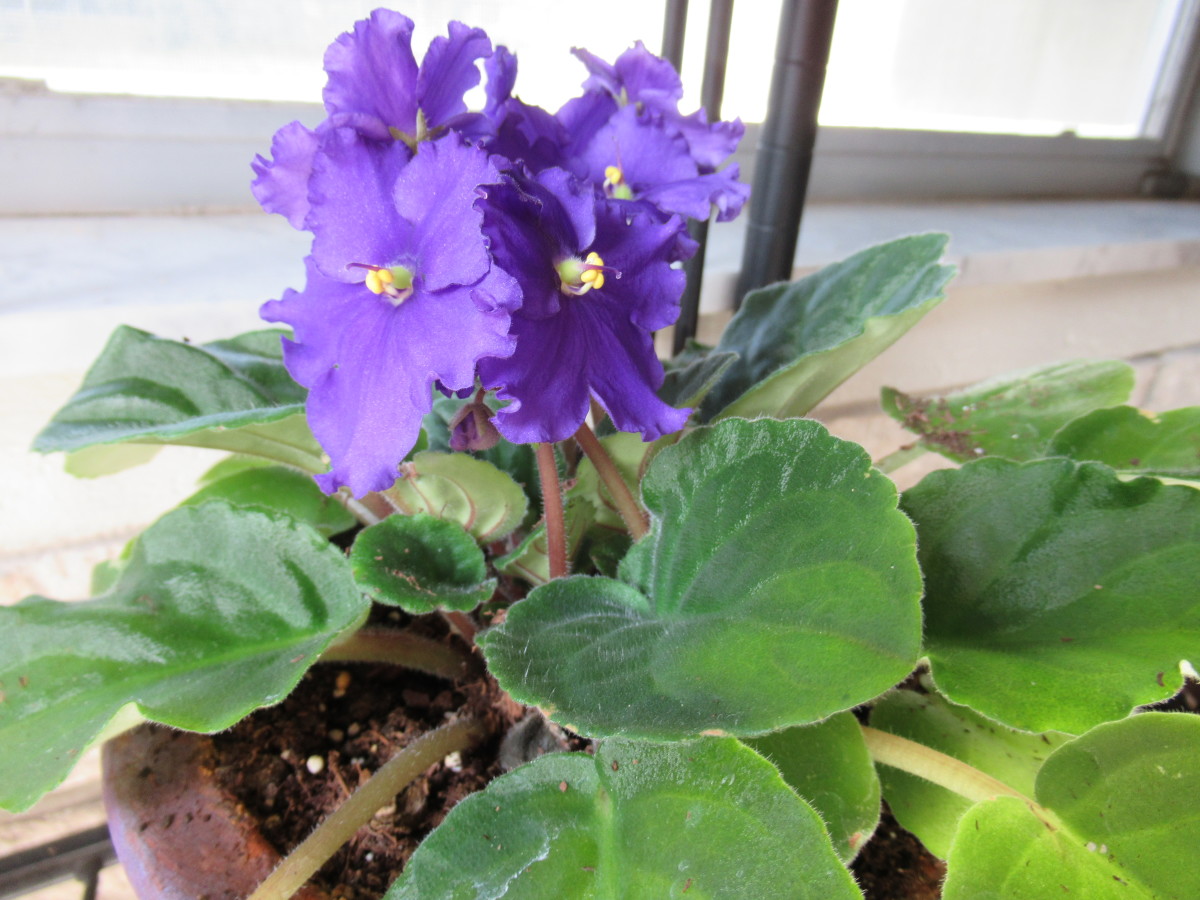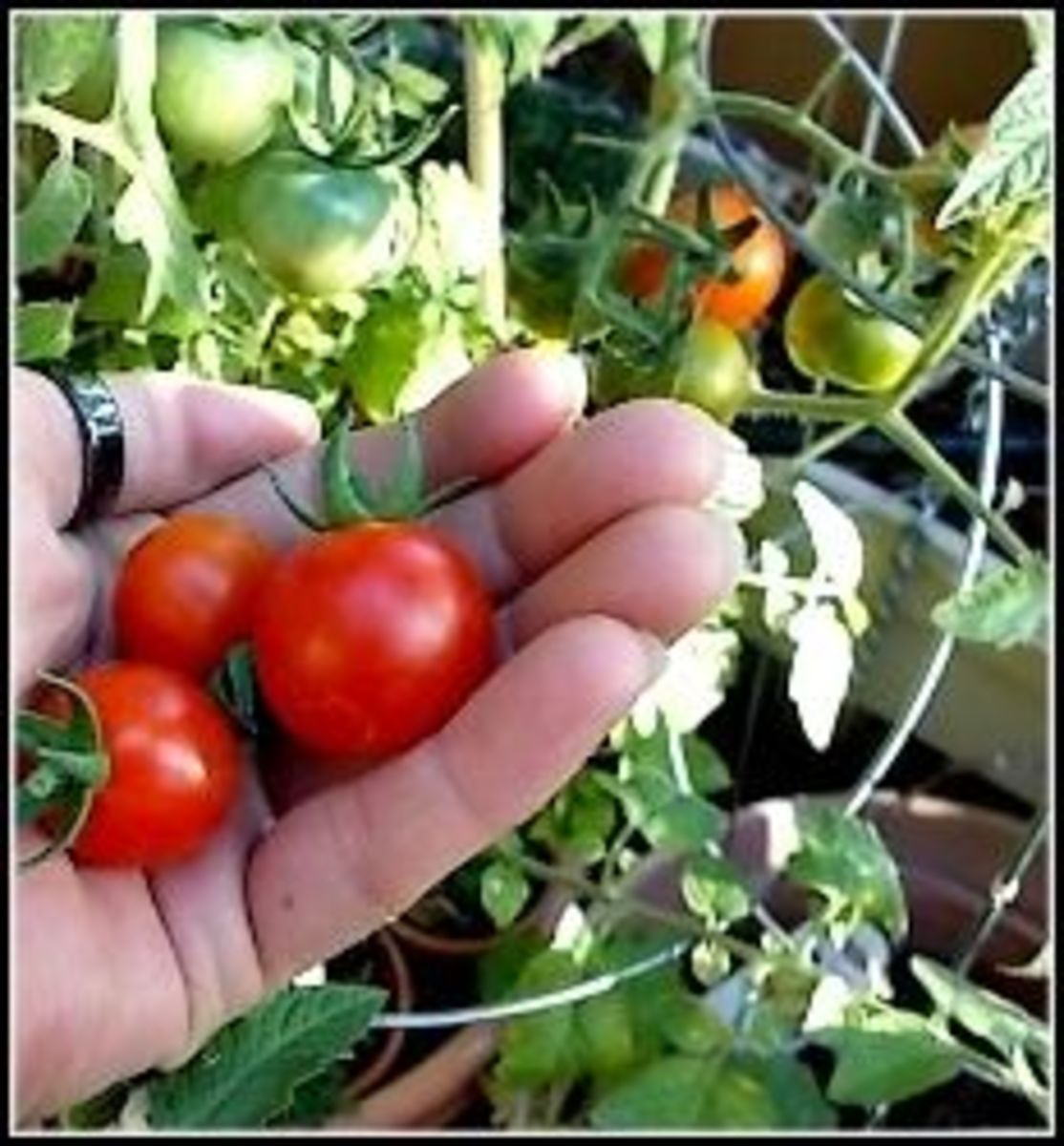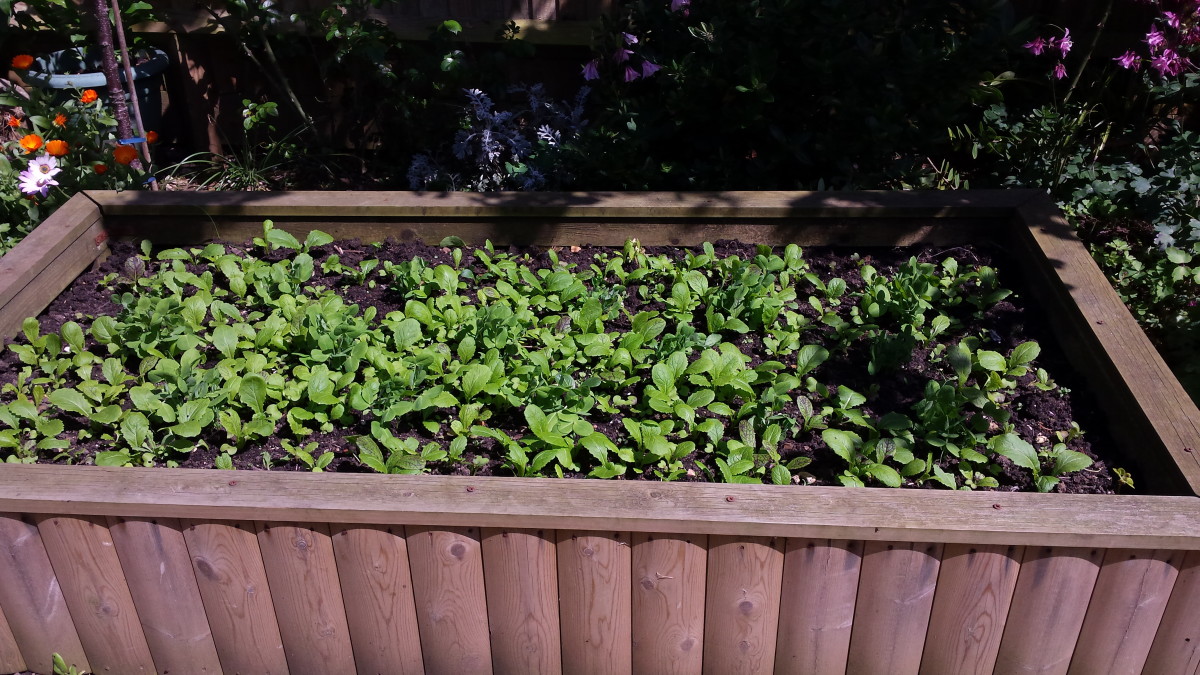Bonsai Care: Watering and Manuring
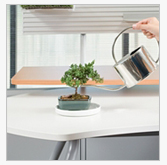
Watering Bonsai
The watering of any potted plant has always been rather a stumbling block, but with time and experience it really does become easier. It is not possible to set down any hard and fast rules, because the frequency of watering depends on so many things, and so the subject is mainly a matter of common sense.
A small can with a narrow spout and a fine rose will be needed and rain water is best water to use, if it is obtainable, as it suits all plants. Should it not be available, tap water must be used, but if it contains lime azaleas should not be grown as they are lime haters.
How often a bonsai needs water depends on soil mixture and drainage; it has been emphasized earlier that drainage must be very carefully arranged and the mixture needs to be what is called ‘open’, that is, rather coarse, containing a coarse gritty sand. If it is too fine, it will become hard and stale with frequent watering and then the roots will not make adequate healthy growth. Very small containers dry out much more quickly than larger ones, and whether they are glazed or unglazed will also affect the speed of drying out.
The daily weather also has a great effect on watering so has the type of plant being grown. Broad leaved, deciduous trees use more water than trees with narrow, needle like leaves, e.g. pines. The following list gives only an approximate guide to the water requirements of a bonsai throughout the year.
Winter – once a week
Spring – once a day
Early summer – twice a day
Mid-summer – thrice a day
Late summer – once or twice a day
Autumn – once or twice a week
One question that is always being asked is, ‘what is the best way to water a plant in a pot?’ The answer is to water the soil surface from the top. The space between the soil and top of the container is filled up, if necessary several times, until the water comes out of the drainage holes at the bottom of the container; this method ensures that the entire soil mixture is evenly and adequately watered.
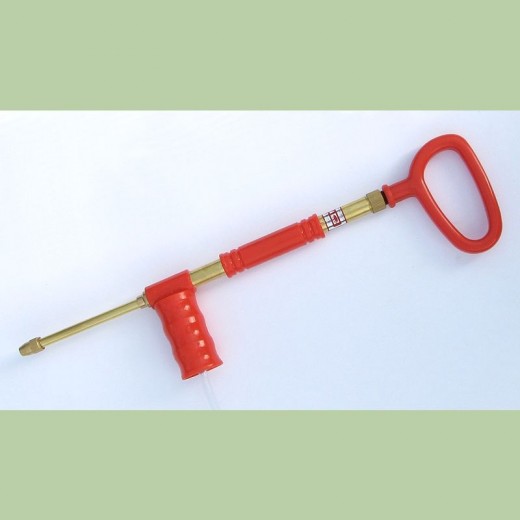
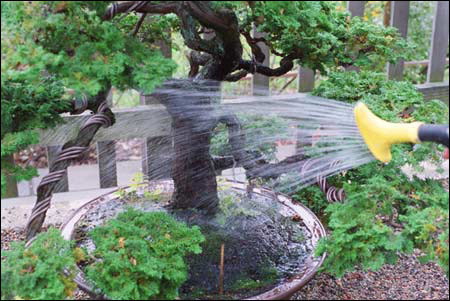
Some people may find it difficult to decide when a bonsai needs watering, and it is hard to make any definite suggestions. As a rule when the soil looks dry and is just coming very slightly away from the edge of the container the plant needs watering. Sometimes, however, with certain soils the compost will appear light in color and dry on the surface, but may not need watering. One usually taps each container gently with a small wooden hammer or flicks the rim with a finger nail. If the resulting noise has a ringing tone to it, then water is needed; if, on other hand, the noise is a ‘dead’ thud, water should be withheld for while.
Over watering is a risk and can be a disastrous as lack of water, since the soil is apt to become airless and sour, and these conditions are not conductive to good root performance. If a plant is suffering from acute water shortage and is drooping, it should be put in the shade, syringed copiously two or three times a day and watered until the soil is evenly moist. The syringing should be repeated for several days, especially in hot, dry weather.
If an attractive moss can be found to put on the soil surface, it will help to conserve moisture, but should not detract in any way from interest of the bonsai.
When summer holidays necessitate leaving the bonsai uncared for, the best solution is to plunge the container to the rim in a shady spot in the garden, but not one sheltered from the rain.
A small hand syringe capable of making a fine spray is a valuable piece of equipment for a bonsai enthusiast. In hot weather a thorough syringing early in the morning and in the evening will help keep the foliage fresh, but avoid syringing in the hot sun as this can lead to scorching, which appears as brown areas on leaves. Some plants, however, should not be syringed too much since they may, as a result, produce too much sappy growth rather than flower buds, e.g. crab apples, quinces and Chaenomeles.
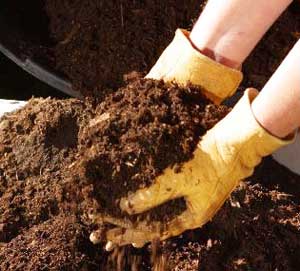
Bonsai Manuring and Fertilizers
The good growth of any plant depends on an adequate water supply and a balanced diet of plant foods, the most important of these being nitrogen, phosphate and potash. There are other foods needed by a plant, but they are nearly always available in suitable quantities in a good soil mixture.
Nowadays soluble or solid, organic or inorganic complete fertilizers are available in balanced forms from all horticultural sundriesmen. The soluble forms are quick acting, whereas the solid forms applied to the surface of the soil are slower and more long lasting. The latter are not suitable if moss has been used on soil surface, and they tend to form a layer or crust, which will need breaking up with a blunt stick or label.
The proprietary brands of fertilizers will carry very careful instructions and these must be followed accurately. On the average the soluble forms may be applied once a week from spring to the end of summer. The solid forms, being slower and longer lasting, will only need applying once a month. In the case of very small containers the frequency of applications may be slightly increased on account of very frequent watering that will be necessary; this watering is bound to ‘leach’ or wash out a certain amount of fertilizer.
Japanese bonsai growers make up rather complicated organic manures from materials that are not readily available in this country, and so it is wiser to be content to obtain a good balanced mixture from sundriesmen.
Another warning must be given here: take care not to overfeed as this will lead to too much soft, sappy growth and in extreme cases to sickliness and even the death of the plant. If overfeeding is suspected, stop feeding, use plain water for several days running and give no more manure until the plant shows considerable signs of recovery.
Any fertilizers should be applied to the soil, only as leaves may easily be scorched, especially the young foliage; these scorched areas do not recover.

